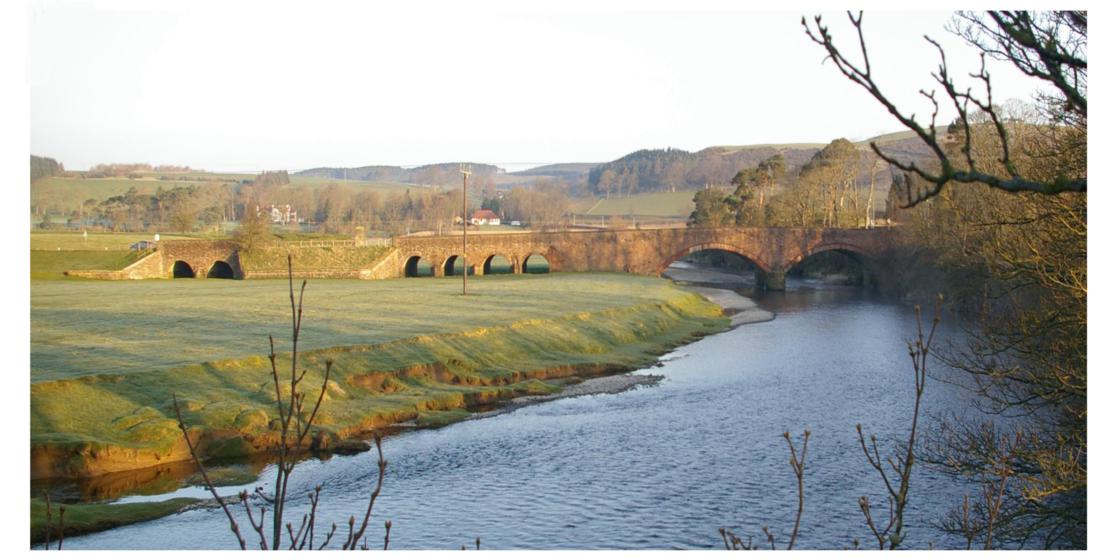After obtaining as much information as I could from the Internet, down the Clyde I went to give it a go.
Well!! what a mess I got into.
"How are you meant to cast this thing without the need of the fly line" I thought.
I could not get my line out whatsoever, it ended up in a tangled mess around my rod and feet.
After a half hour or so of exasperated and embarrassing effort, not wanting to be noticed by my fellow anglers, I packed it in and went back to more conventional methods.
Then-at the beginning of last year I decided to have another go.
I had come to realize that my lack of success was part due to my rod and set-up.
This time I had opted for a 10ft #3, this would give me the required length and softness to be able to cast my extra long leader.
With further small modifications and lots of practice, I was finally able to apply this method quite easily with some confidence.
It is now my main method of nymphing and I am using it on the Clyde with great success.
My rod is a 10ft #3 Marryat Tactical and Orvis Battenkill reel loaded with #3 flyline.
The lightness of this set-up enables me to fish with an outstretched arm for long periods.
Attached to the fly line, loop to loop, is a 9 metre Hends Camou tapered leader.
I cut- off about 2 metres from the small end of this leader and tie on 2 metres of 8lbs bs mono.
The reason for this is that the small float stops need to be a nice tight fit to enable you to adjust the group of stops to the right position for the sighter.(a lighter line would not have the required diameter )
Attached to this (loop to loop) would then be your tippet section.
The distance from the loop to the first dropper, I set at 1m, which is about the shortest distance from the sighter that I would want to position it.
While fishing, by sliding the stops up the 8lb mono section I can increase this distance to suit the depth and angle of the sighter.
I fish 3 nymphs with the heaviest on the point (the heavier the point fly the easier it is to cast.)
I don't want to go too heavy with the nymphs, as they need to travel down stream naturally and not like a set of anchors.
As I want all my nymphs to be hugging bottom the maximum distance I would set them apart up from the point fly would be 60cm.
So thats the set-up,but you may need to twiddle around with it to meet the conditions of the day.
The whole idea of this method is to be able to present your nymphs to the fish,at distance, at the speed of the current.
I make an upstream cast and while holding the rod up high let them trundle down past me.
The sighter would be held half out of the water, any dip or stop could indicate a take, most cases will be the nymphs snagging bottom, but after a while you can identify what is a bite or not.
I fish this method on the upper Clyde at Lamington,Abington and Crawford.
Its not a massive water but nor is it a little stream.
Whilst shallow wading, using this method, I can almost present my nymphs near to the far bank.
I would normally enter the water at the tail end of the swim and work my way upstream on a short line
I may only be using half of the 9 metres of leader (czech nymphing its probably called)
Depending on results at the end of the run, I would then go back down stream maybe on a different line, this time using the full extent of the leader.
I have had a lot of good days using this method and I hope to continue, this coming trout season.
However when the season gets into swing and the water temperature rises, I am going to concentrate on the wee dry fly on a shorter rod to see if I can hook up with our resident monster broonies.


